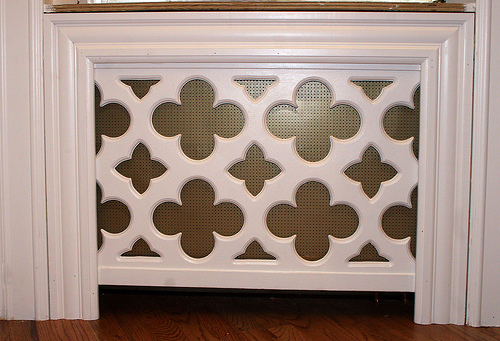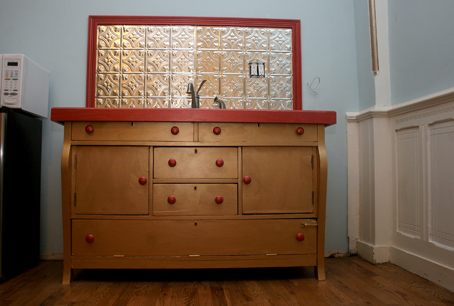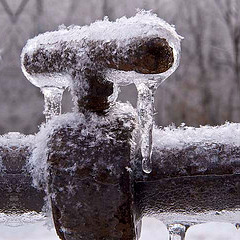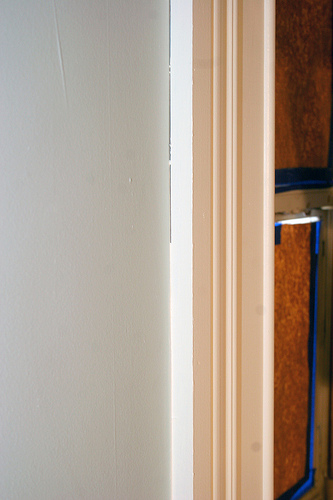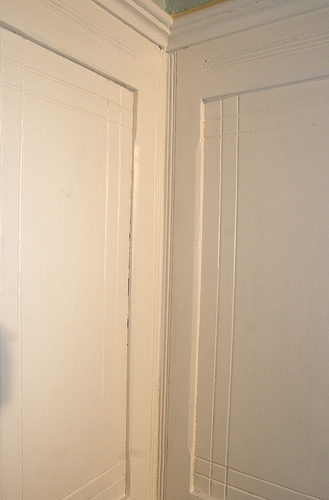
Here ya go! A schedule-slash-description of The City Tech Continuing Ed courses in Brooklyn.
Urban Energy: Incentives for Solar, Wind and Energy$mart Savings
Saturday, October 24
1:00 pm to 5:00 pm
A Free Community Program
HHT 081
How can you benefit by switching to renewable energy? Financial Incentives are available for solar electric or photovoltaic systems and a new tax credit is available for small wind turbines. Choose 100% wind power through your utility and save on taxes, green your roof or make your Home Energy $mart. The Solar Coordinator from the Center for Sustainable Energy at Bronx Community College, as well as key players in our city’s energy future will show you how to calculate the costs and benefits for using clean energy. You can gain incentives by making your home energy efficient.
Trea Case, Director Center for Sustainable Energy
NYSERDA’s Green Job Training Program
Did you know The New York State Energy Authority (NYSERDA) will reimburse tuition fees when you complete a certificate as a Home Energy Auditor, Building Performance Inspector, or Energy Envelope Inspector? Learn how to gain credentials and grow your career for the green economy.
Lecturers:
Tate Ryder, Senior Project Manager for Renewable Energy NYC Economic Development Corporation
Green NYC by 2030:
How the City will reach 30% reduction in carbon emissions by 2030
Wendy Fleischer, Pratt Center for Sustainability
Energy $mart Savings:
The NY Energy Star Multifamily Performance Program improves a building’s and reduces energy costs
David Seiter, Future Green
Green Roof Tax Abatement
Property Tax Abatements for installing a Green Roof
Con Edison Community Energy Program
Buying Green Wind Power: Elimination of Sales Tax
Rob Ashmore Aeon Solar, NYSERDA Certified Solar Installer
Cash Incentives for Solar Installations
New York State Energy Research and Development Authority (NYSERDA) that provides cash incentives for the installation of new Solar Electric or Photovoltaic (PV) systems by Eligible Installers.
Debra Salomon, Green Educator
Urban Turbines and Solar Cities
91 Lumi Solair solar/wind powered streetlights are being installed in the Brooklyn Navy Yard. Estimated savings? $600,000 in installation costs and $11,000 per year in electricity costs. Now that’s Green!
Hands-On Home Repair Workshops
Everything You Wanted To Know About Your Home (But Were Afraid to Ask)
Weds, 6:30 to 9:30 pm
$40 for each class, 3 classes for $105
HHT 078
These hands-on workshops teach you how to make basic home repairs and avoid calling in a professional plumber, electrician, carpenter or painter. We’ll show you how to repair a leaking toilet and patch and plaster a wall. Learn the basics of residential electricity and how to install a light fixture. Install a lock, cut a molding, unclog a trap, spackle a wall and become your own favorite handyperson.
Classes and dates as follows:
Homeowner’s Basic Tool Kit
Replace a lock, hang a cabinet, cut a board, level a shelf, install an anchor bolt in a hollow wall: This class introduces you to common household repairs and shows you which tool will get the job done. Discover your inner handyperson and save on home repairs!
October 14
Homeowner’s Guide to Basic Plumbing
Basic plumbing: How to fix a toilet, bleed a radiator, unclog a drain
October 21
Home-Green- Home: Improving Your Home’s Indoor Air Quality
Is your home making you sick? Breathe free and by using green cleaning products, no VOC paint and plywood, and removing your shoes. Studies show that asthma rates dramatically decrease when indoor air quality improves. Good Health? It starts at home.
October 28
Plumbing Fixtures that Fit (Your Style and Budget and Pipes)
Before you update your kitchen, move your toilet, or select a shower-spa
You should speak to a plumber and a designer. Here’s your chance.
November 4
Plaster and Sheetrock Repair
Repair drywall, frame and tape, patch plaster, repair plaster moldings.
November 11
Everyday Electricity You Can Do Yourself
How to replace a fuse, change an outlet, install a fixture, test
for power and splice a wire.
November 18
Hands-On Home Décor : Let There Be Lights—in every room
How to select and install the correct light fixture for bedrooms,
kitchens, living rooms and offices.
December 2
Installing Ceramic Tile for Floors and Walls
How to create a level surface; select floor tile, design a
backsplash, and install like a pro.
December 9
Get in the Tongue and Groove
How to repair old floors and install new wood or floating floors.
See a range of flooring materials from wide plank to bamboo.
December 16
Home Design Toolkits
The Art of Home Décor
Wednesday, January 6 -27
6:30 to 9:30pm
12 hours $150
HHT 070
Add beauty, drama and focus to your home. Showcase your skills and explore your creative spirit. Dress a window, hang a picture select a palette or choose an accent piece. NYC designers show you how!
Home Staging for Homeowners
Wednesday, 6:00 – 9 p.m. February 3
3 hours $40
REX 081
Home staging uses professional design techniques to increase a home’s appeal to its potential buyers. This lecture/lab gives hands on instruction. Have a property you want to sell? Could it use some quick design tips? Bring a picture and leave with practical, affordable ways to increase sales. Rise above the competition and get your listings sold.
Home Staging for Real Estate Professionals
Wed February 10, 6:30 – 9:30 p.m.
3 hours $40
REX 080
Home Staging is a proven and time-tested method to help you market and sell your client’s home. In today’s economy, realtors can rise above the competition and get their listings sold. Making simple changes, removing clutter and depersonalizing the home allows the potential buyer to visualize the space and imagine living there. Invest in your future and prepare to become an Accredited Staging Professional.
Real Estate Continuing Education Credits are available.
Register with City Tech or call 718 552 1170







